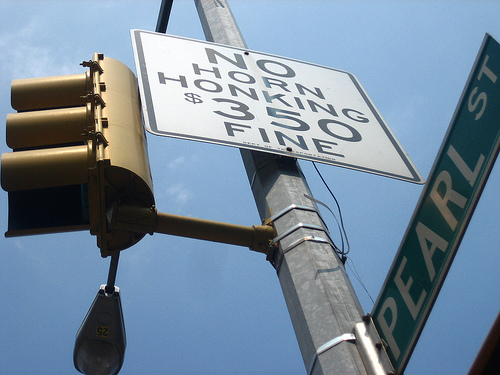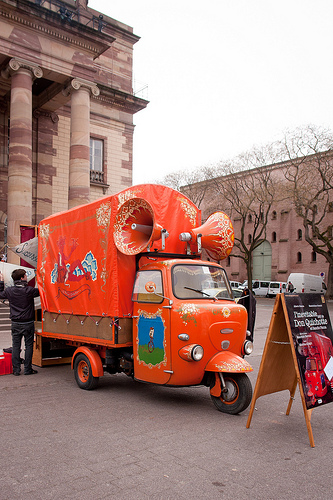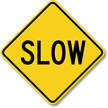How loud can my vehicle be?
The law isn’t always loud and clear when it comes to legal noise levels for vehicles. In fact, legal levels vary by area, just as enforcement methods vary, too. What passes for whispering in some big cities might be construed as a shout in a rural area; and the same goes for car exhausts, mufflers, horns, and any other noisemaker attached to your car. Although state laws provide a baseline, many municipalities add restrictions based on residents’ needs.
It’s no surprise that New York City, which plays host to over one million vehicles daily, has strict laws on the books about permissible sounds. The city’s Noise Code outlaws excessive sound from the muffler or exhaust of a vehicle running on a public right-of-way with a speed limit of 35 mph and under. “Excessive sound” in New York is defined as: “Plainly audible at a distance” of 150 feet-plus from cars, 200 feet or more from trucks, and 200 feet from a motorcycle. New York also prohibits using horns, except in the case of “imminent danger,” and residents can request an evaluation for No Honking signs to be installed in their neighborhood.

Via adactio.
Other areas have different specifications: In Miami, Florida, law prohibits “unreasonably loud, excessive, unnecessary or unusual noise,” such as horns or signaling devices (except as a danger warning), mufflers and exhausts, as well as vehicles in such disrepair that they create “unreasonably loud or unnecessary grating, grinding, rattling or other noise.” And in Minneapolis, any sound coming from a motor vehicle sound system or audio system “clearly audible beyond 50 feet from where it is originating” is expressly illegal. In the state of Connecticut, vehicles weighing less than 10,000 and manufactured post January 1, 1979 can’t exceed 81 decibels when running more than 35 mph.

From Marcus Winter.
Enforcement varies, but generally involves residents filing complaints and violators paying fines. In College Park, Maryland, the noise code is enforced with fines from $500 and up depending on the offense; in Bloomington, Illinois, a violation of the code, including loud car stereo infractions, will cost $100 and up. In Gainesville, Florida, the first violation is free — but quickly jumps to $250 for the second and upward for future violations.
While many noise disturbances are measured in terms of annoyance level to those who might hear the noise, motorcycle laws are often described in decibels. Take Colorado, which specifies that motorcycles “manufactured on or after January 1, 1973 may not exceed a noise level of 86 decibels measured at a distance of 50 feet from the center of the lane of travel. ”
Then there’s Delaware, which states “No person shall drive a motorcycle on a public roadway unless the motorcycle is equipped with a muffler to prevent excessive or unusual noise,” and Nevada, where “Motorcycles traveling 35 mph or less may not be operated at a noise level above 82 decibels, and motorcycles traveling over 35 mph may not be operated at a noise level above 86 decibels,” according to AAA’s outline.
Need some context? A typical conversation reaches about 60 decibels, a subway’s clamor clocks in about 90; a gas lawnmower charts around 106 decibels; and fireworks measure 150 decibels, from three feet away.
Category: Automotive, News & New Products, Road safety


















